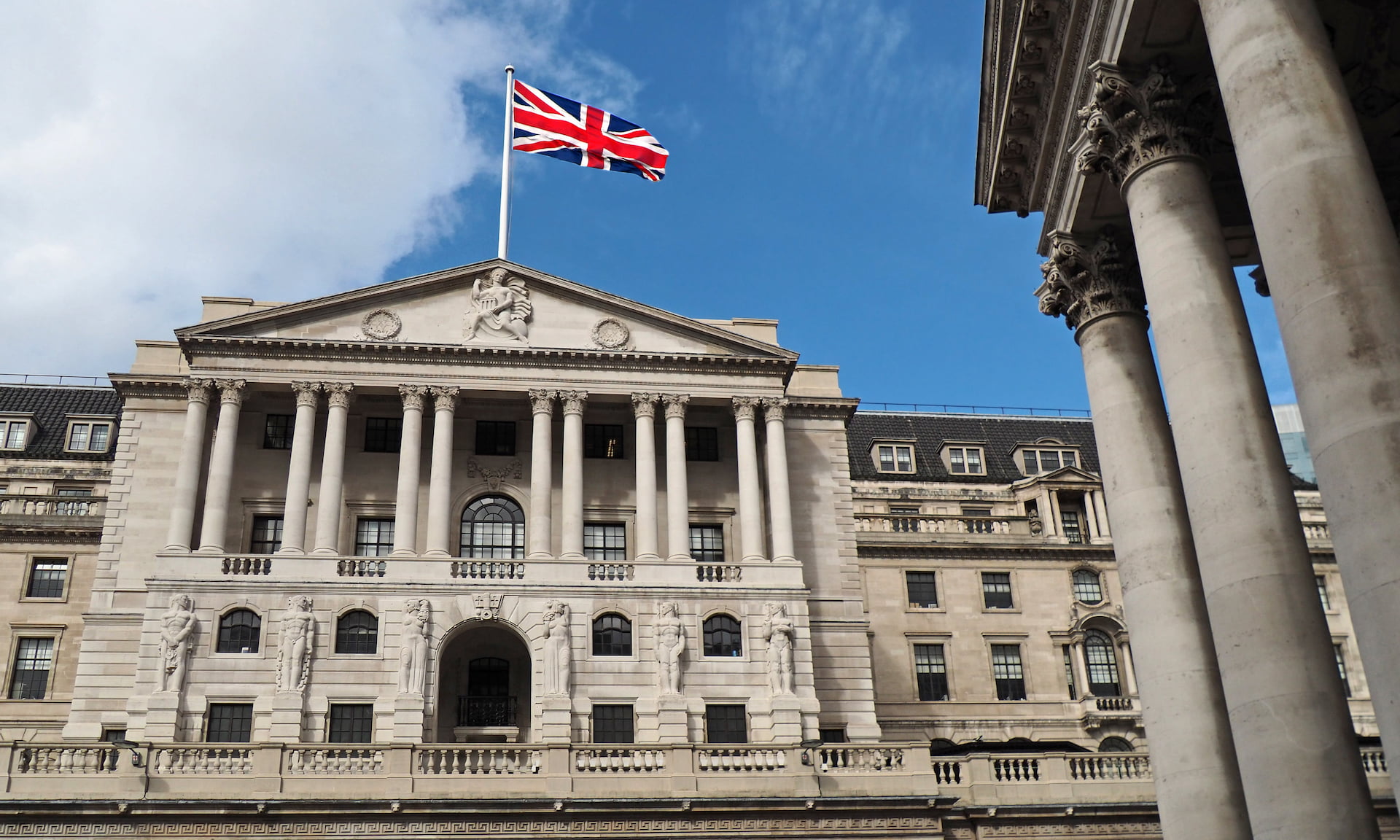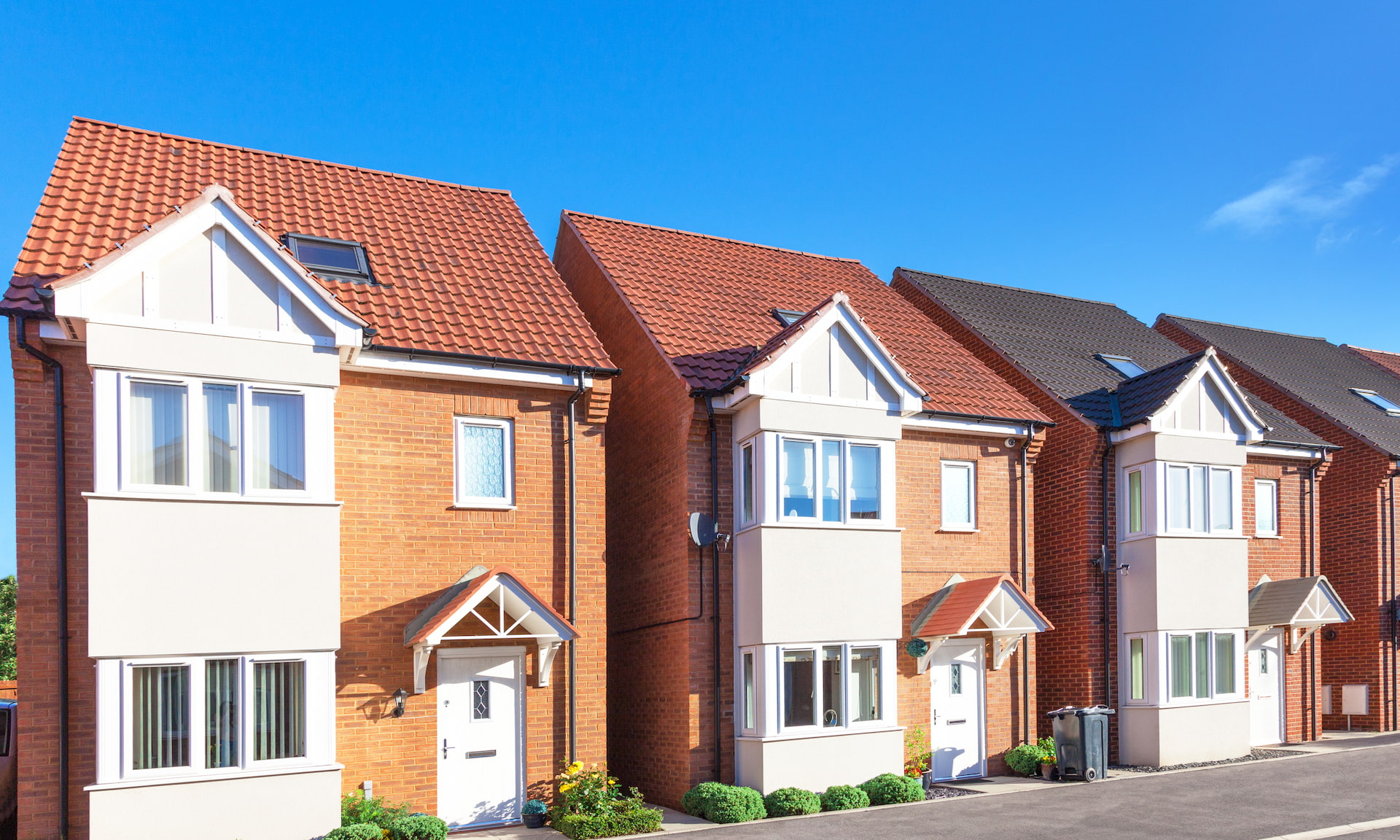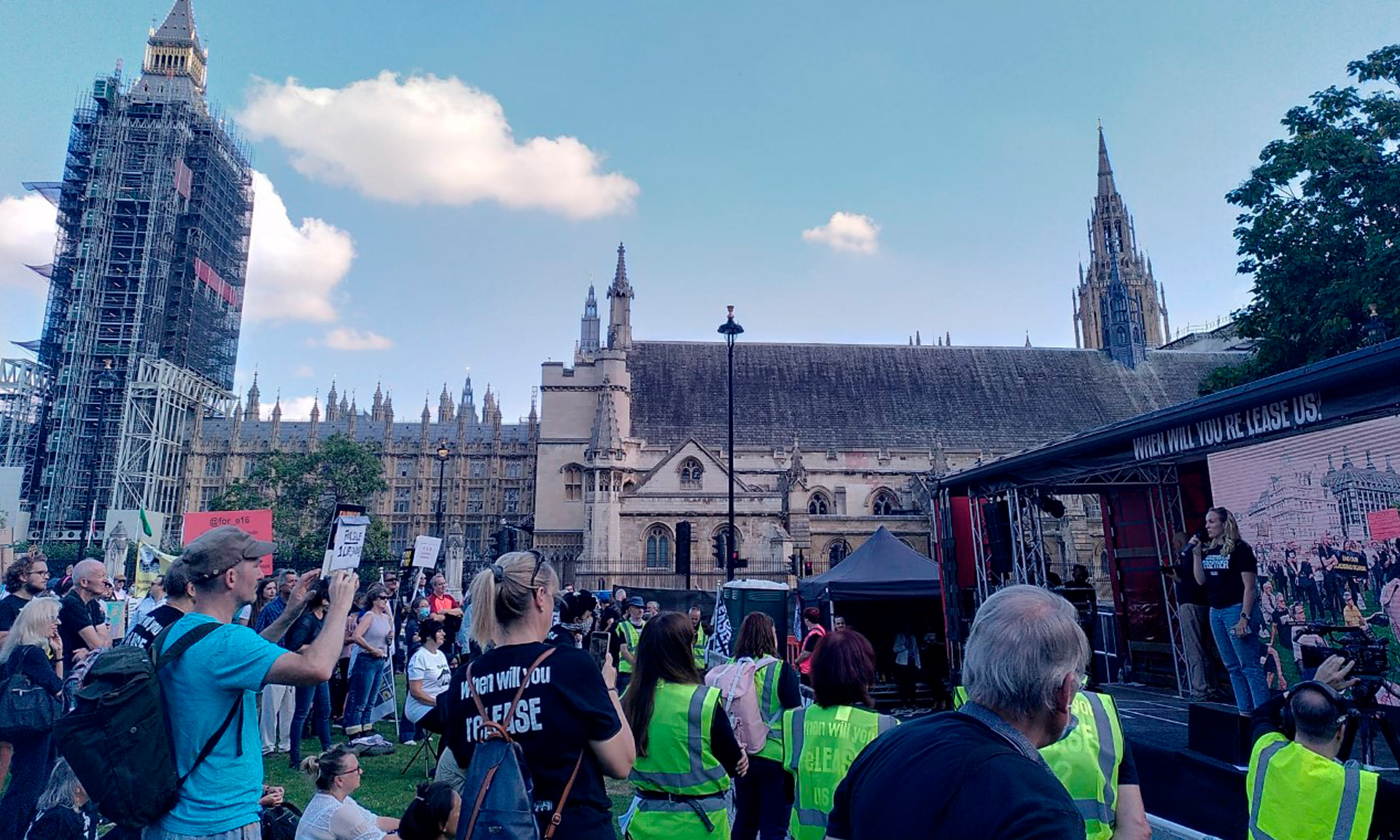
The Bank of England has today increased the base rate from 0.25% to 0.5% in response to rising inflation.
The base rate, which affects the costs of mortgages and the amount of interest paid on savings, has now risen twice since December.
Here, Which? explain what the base rate rise means for your personal finances.
Bank of England hikes base rate to 0.5%
The Bank of England’s Monetary Policy Committee (MPC) has voted by a slender majority of 5-4 to increase the base rate by 0.25 percentage points.
The MPC made the decision in response to CPI inflation rising to 5.4%, a figure well above the Bank’s target of 2%.
The MPC meets eight times a year to set the base rate, and the results of the next meeting will be published on 17 March.
Why does the base rate matter?
When the Bank of England lends money to commercial banks, the amount of interest they must pay back is determined by the base rate.
A higher base rate means lenders are charged more – and these higher costs are usually passed on to customers in the form of interest rate rises.
Theoretically, a higher base rate should mean mortgages get more expensive and that savings accounts pay more interest on your money, but that isn’t always the case.
How will the base rate rise affect your mortgage?
Fixed-rate mortgages
The vast majority of homeowners have a fixed-rate mortgage, which means the rate stays the same for a set period – usually two or five years.
If you’ve got a fixed-rate deal, you won’t be immediately affected by the base rate change and will instead continue to pay the same amount until the end of your fixed term.
When you come to remortgage, however, you might find that deals have become more expensive.
Tracker, discount and standard variable rate mortgages
Tracker mortgages follow the base rate plus a set margin, for example, the base rate plus 1%. If you’re on this type of deal, your rate will go up by 0.25% straight away.
Discount mortgages work slightly differently. They provide a discount on your lender’s standard variable rate (SVR) – e.g. the SVR minus 1%.
Repayments on discount mortgages won’t go up automatically due to the base rate rise, but there’s a good chance your lender will increase its SVR by some or all of the rise in the coming days or weeks.
If you’re on your lender’s SVR, which may the case if your fixed term has come to an end and you haven’t remortgaged, you’ll also see your bills rise if your lender hikes its SVR.
What will the rise mean for mortgage rates?
Mortgage rates fell significantly in the second half of last year, as lenders battled to secure custom from borrowers with big deposits.
At one stage, more than 100 sub-1% mortgages were available, but in the last few months, these have disappeared amid growing rumours that rate rises were on the horizon.
Since the base rate increased from 0.1% to 0.25% in December, mortgage rates for borrowers with big deposits have risen steadily, but there’s been little impact on the cost of 90% and 95% mortgages.
Today’s announcement is likely to bring further rises, but with competition between lenders still fierce at all loan-to-value levels, it’s unlikely that rates will soar anytime soon.
What does the base rate rise mean for savings accounts?
It’s been a tough market for savers in the last few years, with rates on instant access and fixed-term accounts hitting rock bottom.
Unfortunately, there’s no guarantee today’s announcement will offer an immediate boost.
The increase in December had very little effect on savings rates, with some of the top rates actually falling rather than rising in the weeks following the announcement.
Today’s increase will place further pressure on banks to offer better rates to savers, but don’t be surprised if the biggest lenders are slow in passing on the benefits.



